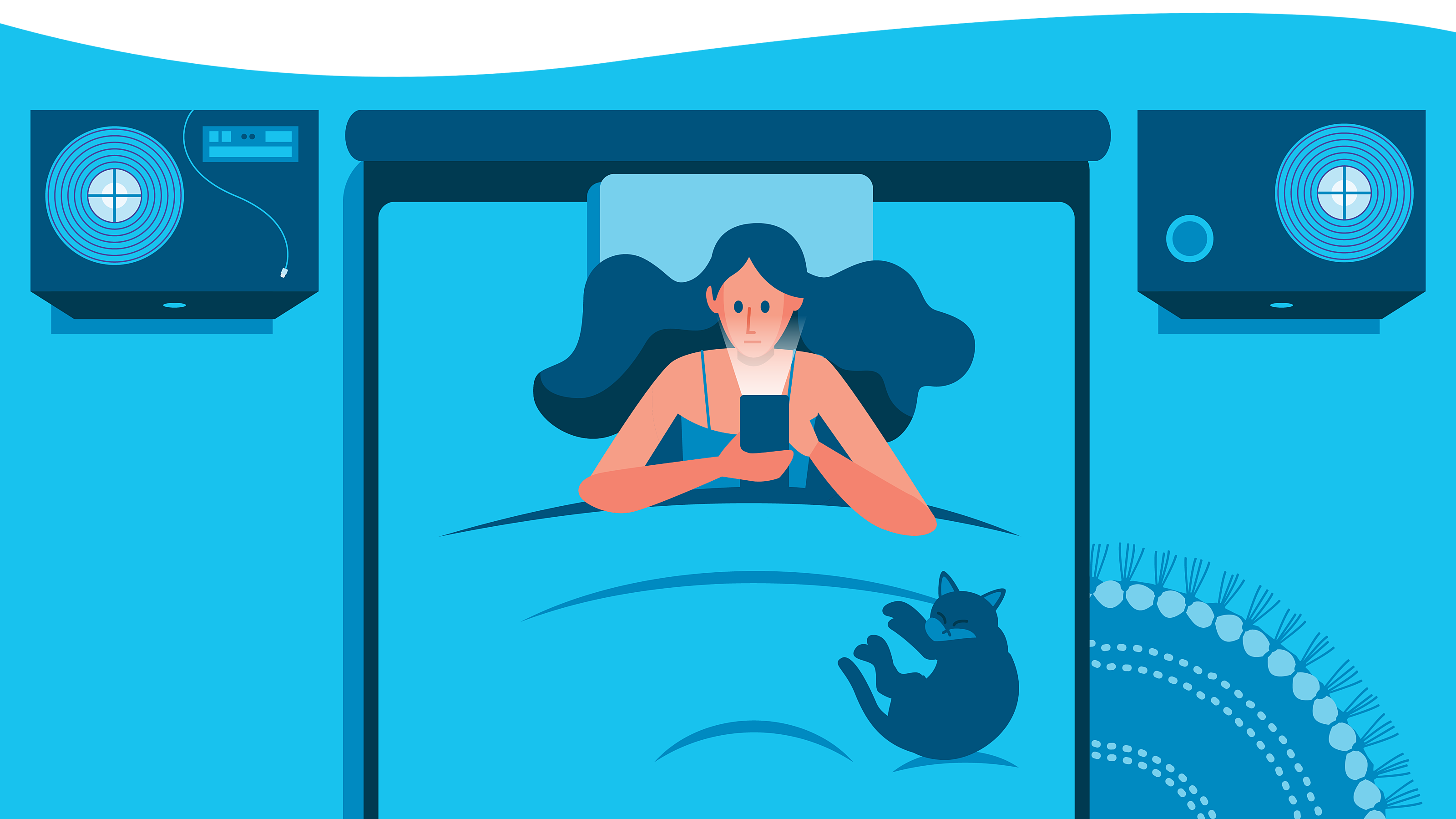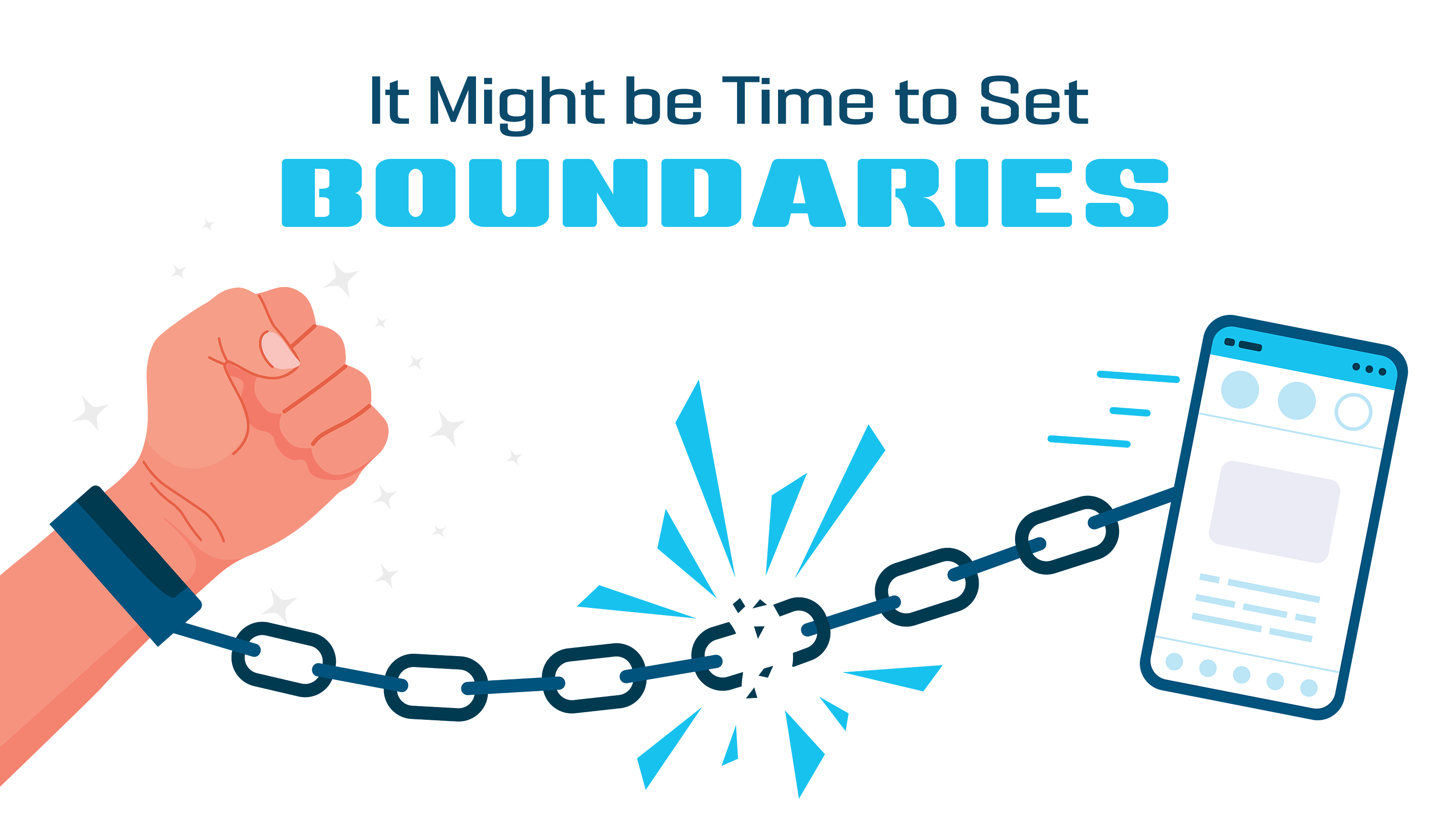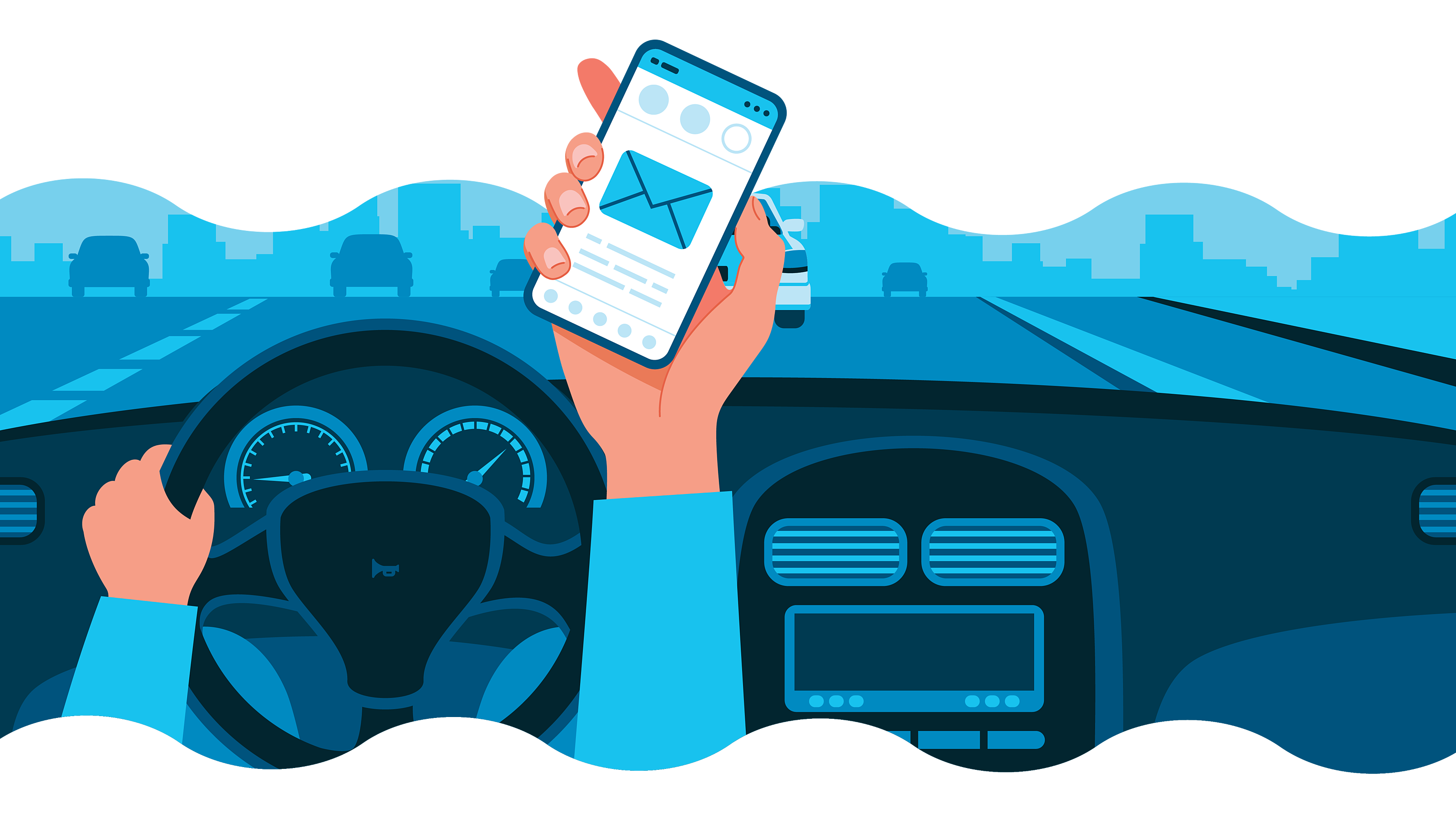Do You Need to Break Up with Your Phone?

We use our phones to communicate, to find a new restaurant, to keep track of our calendars, to take pictures of our kids, and to entertain ourselves—and that’s just a fraction of what our phones can do. Smartphones are an incredibly powerful technology that puts a lot of possibilities at our fingertips. But at the end of the day, that bright, friendly little screen in our pocket often takes more of our time and attention than is good for us. Do you need some space?


Getting Real About Smartphones
If your quiz score said you should probably stop reading this and call your mom–you’re not alone. Recent studies have found that many Americans check their phones close to 300 times per day, and that Americans spend an average of 4 hours per day on their phones–that’s 28 hours per week.
So why are we all on our smartphones so much? The hard truth: Smartphones are designed to capitalize on the psychology of the human brain in order to keep users frequently interacting with their phones, from text messages to reading the news to watching shark videos.
Smartphone designers and programmers know that our brains light up with a dopamine rush when we hear the friendly chime of a brand-new email or text message, or when something unusual or interesting parades across our screen. We love “unwrapping” a gaggle of notifications waiting for us like presents on our home screen. And that irresistible pull to check and recheck how many likes our last social media post received? Not a phenomenon just unto ourselves. That new game we can’t put down? We truly can’t help but to love it–and to find ourselves sneaking our phone in to play it every time we take a bathroom break.
Since the design of smartphones is so psychologically powerful, a mental resolution like “I won’t pick up my phone so much at work” won’t go far. Many of us need to initiate a firm break-up with our phones–albeit an amicable one. However, we don’t need to throw our phones out the window; we just need to make sure we keep them in their place. That’s why we’ve gathered five of the best tips out there on creating practical boundaries with your phone that will make you a safer employee.
Five Practical Ways to Create a Healthier, Safer Relationship with Your Phone
Turn off your notifications
Turn off all of your app notifications. If you have special work correspondence or family members for whom you always want to receive notifications, then activate the phone setting that places who you select on a VIP list so that they’re the only people you get instant notifications about.
Create no-phone zones and times
At home, ban your phone from places like the bedroom and the dinner table, and consider limits that make sense for you–like no phone after 9pm. At work, put your phone in a hard-to-reach place and check it only at predetermined times during the workday. Watch your anxiety decrease and your productivity increase!
Use Driving Mode
When driving, set your phone to Driving Mode, which sends a text message to incoming calls or text messages that you are currently driving and will get in touch as soon as you get to where you are going.
Download an app that helps you set boundaries
Just like everything else out there, there’s an app for that. Download an app blocker and use it to help you be successful in setting boundaries that make sense for you and what you want out of your relationship with your phone. App blockers prevent you from getting on certain apps during specified times of the day, or else they lock you out after a specified amount of time on a particular app. There are also apps that help you measure your phone usage, such as Moment for iPhone and OFFTIME for Android.
Delete social media apps from your phone
Consider only checking social media from your desktop computer. For most people, real-time interaction on social media isn’t a necessity and can lead to anxiety and extra temptation to check your phone during the workday. Also, consider deleting apps you don’t spend a lot of time on so that you have more time and energy for the apps you do enjoy.
Smartphones and Workplace Safety
When we’re in constant contact with our smartphones, unfortunately that means that we ourselves can become a problem and even a safety hazard to those around us. Every year, there are many more accidents involving distractedness from smartphone usage than are actually reported. Current estimates are that distracted driving (often involving smartphone use) kills more than 3,100 people each year. Texting or calling while driving is statistically dangerous, whether it’s “for work” or not.
At work, smartphone distractions can compromise employees’ spatial awareness, recognition of potential and present hazards, and safe operation of equipment. If you’re distracted for even a second while operating a power tool, working on a roof, or just pulling out of your parking spot at the end of the day, you can injure yourself or a co-worker.

Phones Are Here to Stay
Our phones help us do things like stay organized, avoid traffic, and double-check if your mom’s famous cookie recipe uses melted or softened butter. They’re objectively fun sources of entertainment for many people. They are also an indispensable part of how many of us do business. Most importantly, smartphones are here to stay. Creating proactive, practical boundaries with our smartphones makes us happier, healthier, and safer for ourselves and for those around us.
With great power comes great responsibility. Incorporating even just one of our tips on creating boundaries and nurturing self-discipline with your phone is a great step toward making sure that your phone remains a powerful tool that doesn’t have power over you.
